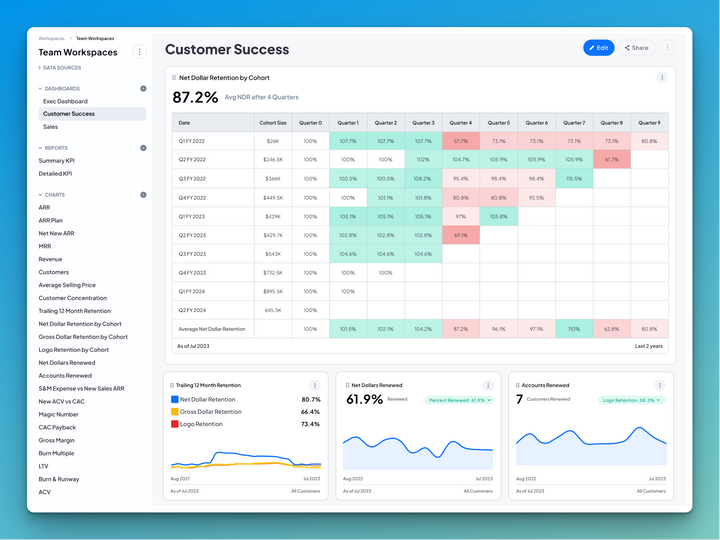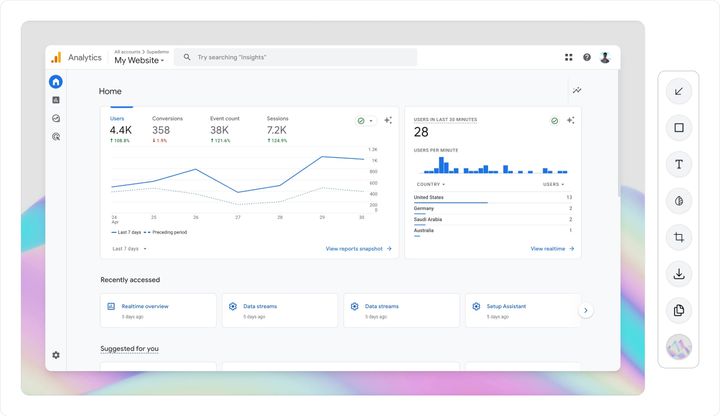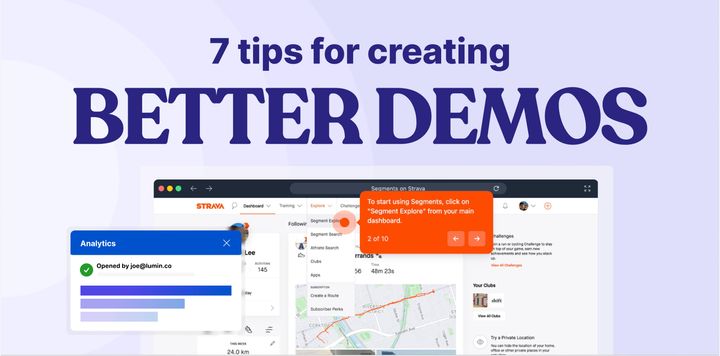Every Customer Success leader has specific go-to metrics they rely on to gauge the health of their customer relationships.
And contrary to common belief (and being overlooked at many early-stage startups), they're not just useful for large companies but for early-stage startups at the earliest stages.
Why? Understanding key customer success metrics can make a massive difference between retaining a stable customer base or facing unexpected contractions - which directly impact runway, fundraising, or compounding growth.
Let’s explore some crucial metrics that can shine a light on your company’s performance and guide your team to cultivate enduring success.
Net Revenue Retention (NRR): The North Star for Customer Success
When we talk about key customer success metrics, the conversation often starts - and rightly so - with Net Revenue Retention (NRR). This key indicator is not just a metric; it's a beacon that illuminates whether you can expect growth or contraction of top line revenue.
NRR captures a high-level essence of your business's retention capabilities, highlighting how well you're maintaining and growing revenue from existing customers. An increasing NRR signifies a stable and expanding customer base, boding well for sustainable growth.
But an NRR well below 100%? That's a sign that revenue is shrinking and is prone to large levels of risk over time.
A 5% improvement in customer retention can increase a company’s profitability by 25%–95%, and the cost of aquiring customers is often 5-25x higher than keeping your existing users - which highlights the importance of measuring NRR.
Annual Revenue Per Account/User (ARPA/ARPU)
Understanding revenue on an account basis through ARPA is invaluable. This metric enables Customer Success teams to benchmark against industry competitors and fine-tune customer segmentation strategies.
By analyzing which accounts yield the highest revenue and monitoring trends across segments, companies can identify new growth opportunities and tailor their offerings to meet diverse customer needs more efficiently.
Expansion Revenue: Referrals and Opportunity
Next, let's talk about expansion revenue – the additional revenue you earn from existing customers through upgrades, cross-sells, or upsells.
As mentioned in the NRR section, selling to existing customers is much more effective when compared to selling to a brand new customer.
By aligning this metric with customer satisfaction indicators such as Net Promoter Score (NPS), you can paint a detailed picture of your customer base's contentment levels. High expansion revenue coupled with high NPS metrics suggests that your customers are finding value in your offerings and often lead to organic referrals and product virality.
This insight also presents an opportunity to explore new avenues for product development and service enhancements.
Contraction and Churn: Mitigate Loss
We can't talk about all of this top line growth metrics without addressing its adversaries: contraction and churn. This metric is often the one many startups try to turn a blind eye to - with good reason. It can suck to look at negative metrics!
With that being said, closely tracking contraction and churn helps customer success teams identify bottlenecks, gather feedback on how to improve product, and reduce future revenue losses.
For instance, cross-referencing contraction and churn rates with satisfaction scores gives Customer Success teams a clearer view of the segments where customers may not be fully satisfied.
Remember, often the most dissatisfied customers remain silent until they decide to part ways. Paying close attention to the feedback you do receive is crucial, as it may indicate broader issues that, if addressed, can prevent further revenue leakage.
Conclusion
As we've outlined, by tracking NRR, ARPA, Epansion and Churn, startups can become data-driven and drive action towards long-term growth and stability. In this front, tools like Retool, SaasGrid, ChartMogul, or async onboarding/product guidance tools like Supademo can be valuable resources to positively impact these four key customer success metrics.
Remember, success in these areas doesn't rest on the shoulders of a single individual but on the collective effort of your entire customer success team or startup.





